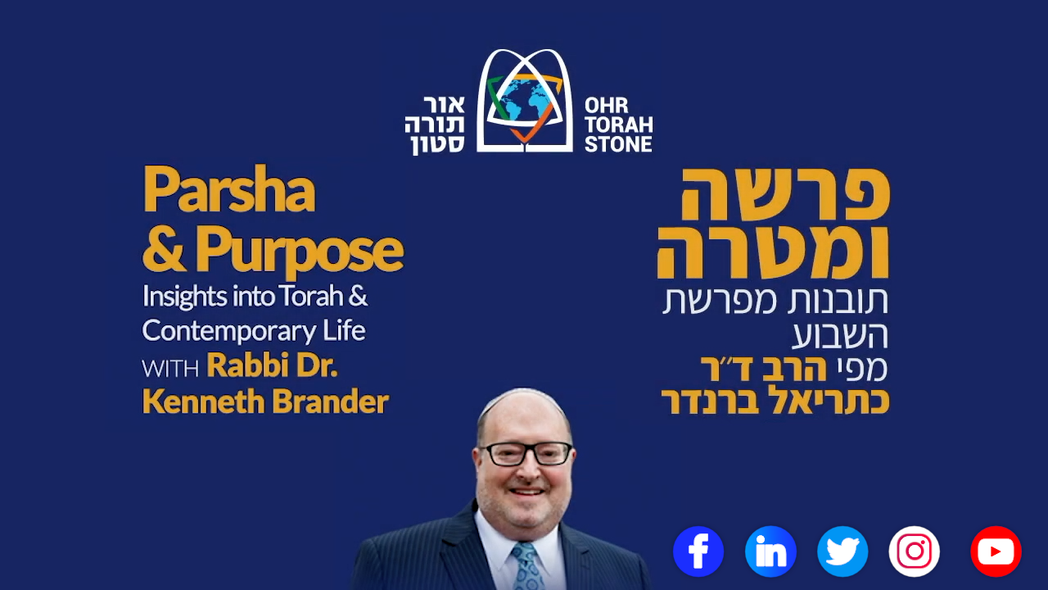The past few weeks of terrorist rocket-fire, civil unrest in Israel and a spike in antisemitic acts in the United States and Europe have put the Jewish world on edge. How do we react to these multiple existential issues?
The answer to this question will tell us a lot about who we are as inidividuals, as a community and as a nation.
I’d like to share with you an important lesson for this moment that is found in our Torah portion, Beha’alot’cha.
In the parsha, we are introduced to the mitzvah of crafting trumpets – chatzotzrot – which are to be sounded on various occasions. (Numbers 10:1-10)
Amongst the occasions, times of community challenge: war, famine or distress, in which the blowing of the trumpets is a clarion call to the Jewish people to galvanize and respond to the crisis.
In contrast, other occasions include times of communal joy; on our holidays, Rosh Chodesh, or specific occasions to call the Jewish people in celebration.
As we are all aware, there is also another instrument mandated by the Torah that is still used today to galvanize the Jewish people together and with which we are all familiar: the shofar.
As we know, the shofar is sounded on Rosh HaShanah (Numbers 29:1), and, according to widespread custom, during the month of Elul to call us to re-engage with God, to do teshuva, in advance of Rosh HaShanah and Yom Kippur (Rema, Orach Chayyim, 581:1).
Why are two different instruments needed?
Why are we commanded to use the chatzotzrot, the trumpets, in certain contexts, but the shofar, the ram’s horn, in the context of teshuva?
The answer can be found in the crucial difference between how each instrument is made.
The shofar, the ram’s horn, comes entirely from the world of nature, with minimal human involvement. Conversely, the chatzotzrot, the trumpets, are painstakingly-fashioned out of silver by people.
Why is it that the instrument that is used to call us do teshuva must be found in nature? Why must the instrument that is used to call us together in times of joy or challenge be fashioned by human beings?
It is because when it comes to teshuva, what is critically important is for us to recognize the all-encompassing aspect of our relationship with God.
That God’s presence can be found in every aspect of our lives and everywhere in the world around us.
So in our effort to renew our relationship to God, we use an instrument that represents the notion that God visits blessings upon us, his creations, every moment of every day.
In contrast, the instruments used to gather us in times of joy and in times of challenge must be fashioned by people because, ultimately, how we react to the crises and joys that we experience, is largely dependent upon people: ourselves and others.
The Torah commands us to sound the human-crafted trumpets in times of crisis because it is human behavior, intelligence and initiative – with God’s help – that can transform crises into redemptive and uplifting moments.
As we face the crises of terror and civil unrest in Israel, and a threatening resurgence of acts of antisemitism throughout the world, we can hear both the shofar AND the trumpets being sounded from Above.
This is a time to do teshuva and to gather together as a people to respond, together, to the common threats we face.
Please God, may we succeed in taking the steps needed to repair our relationship with God and to transform these crises to celebrations in our lives, in the lives of our people and in society at large.
Shabbat Shalom.





